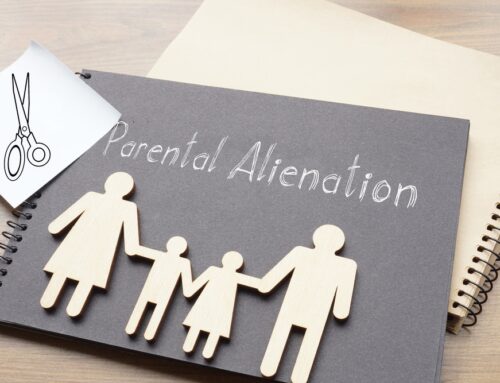Both stalking and harassment are two things that individuals or groups can experience at any time of their lives. No matter their age, gender, sexual orientation, religion, race, or abilities of a person, anyone can be a victim. Stalking and Harassment are both offences under the Protection from Harassment Act of 1997. Harassment and stalking very commonly make people feel uncomfortable, scared, threatened, humiliated, or distressed.
What is Harassment?
There are 2 kinds of Harassment, generic Harassment and Sexual Harassment. Both of these are when a person receives unwanted behaviour, which has happened more than once.
Harassment
Harassment can come from anyone you know or a perfect stranger, and it can come in many forms. It could be repeated unwanted behaviour in a certain environment where your encounter this person, for example at work. Or, it could come in various forms and various locations.
Harassment could include:
- Anti-social behaviour
- Bullying at school
- Bullying in the workplace
- Cyber harassment
- Sending violent or abusive text messages or phone calls
- Sending unwanted gifts
- Unwanted contact of any kind: in-person visits, letters, calls, emails
- Unwanted jokes
- Verbal abuse
Sexual Harassment
Again like generic Harassment, Sexual Harassment is unwanted behaviour that violates your dignity. Plus creates an environment, which is humiliating, degrading, or intimidating whether in person or online.
Sexual Harassment can include:
- Unwanted groping and touching
- Someone exposing themselves to another
- Sexual comments and jokes
- Staring at another person’s body
- Sexual gestures
- Using derogatory language
- Sharing sexual photos or videos
- Unwanted sexual contact
- Unwanted sexual communications: emails, texts, calls, letters
- Pressure into completing sexual acts
Unlawful, under the Equality Act 2010, Sexual Harassment is a form of discrimination. But whilst the above are listed as Sexual Harassment, some of these are classed as assault.
What is Stalking?
Stalking often refers to the actions of the other party. They are likely to have an unhealthy obsession with the person they are targeting. Again with stalking, it could come from someone you know or a stranger.
Stalking could include:
- Regularly the following someone
- Regularly watching someone
- Visiting someone’s home regularly
- Waiting in places where a person regularly visits
- Checking in on someone’s online usage
- Interfering or breaking into someone’s property
- Identity theft
Like with Harassment, stalking becomes stalking when one of the above happens more than once.
When is Harassment Discrimination?
In some situations, Harassment would be classed as Discrimination. This is dependent on where the Harassment happened and from who. It would be classed as discrimination if the harassment came from.
You should check whether:
- You were harassed because of your ‘Protected Characteristics’
- You were harassed by someone liable under the Equality Act
- What happened is classed as harassment under the Equality Act
What are Protected Characteristics?
- Age
- Gender reassignment
- Being married or in a civil partnership
- Being pregnant or on maternity leave
- Disability
- Race
- Religion or belief
- Sex
- Sexual orientation
Who is liable under the Equality Act?
- An employer
- Your school, college, or University
- A business
- A healthcare
- A landlord and estate agent
- A public authority
Contact Us
If you want more information on harassment, and discrimination and what to do about it, get in touch with our team of experts. Call us at 01782 662424 or email us at info@beestonshenton.co.uk




